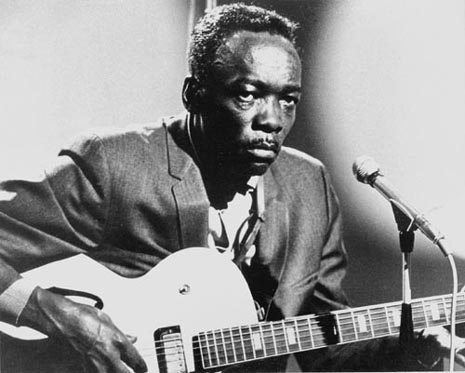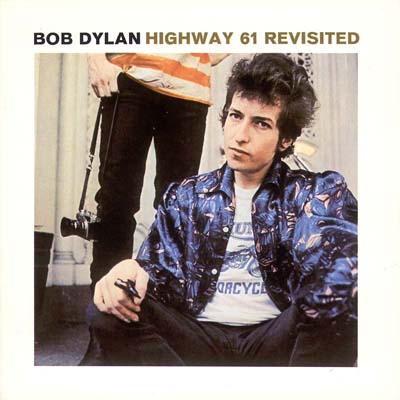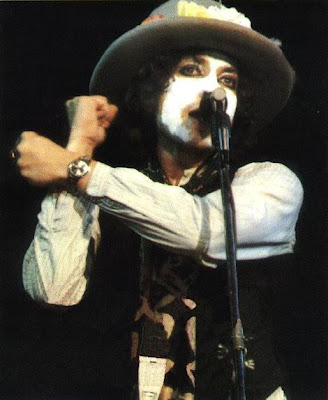One bourbon, one scotch, and one beer
One bourbon, one scotch, and one beer
Hey mister bartender come here
I want another drink and I want it now
From Wikipedia:
| Born | August 22, 1917 Coahoma County, Mississippi, United States |
|---|---|
| Died | June 21, 2001 (aged 83) Los Altos, California, United States |
| Genres | Blues, talking blues, country blues |
| Occupations | Singer-songwriter, Musician, Songwriter |
| Instruments | Guitar, vocals |
| Years active | 1943–2001[2] |
| Labels | Vee-Jay, Chess, Bluesway, ++ |
| Associated acts | Carlos Santana, Bonnie Raitt, B.B. King,Van Morrison, Bob Dylan, Canned Heat |
John Lee Hooker (August 22, 1917 – June 21, 2001) was a highly influential American blues singer-songwriter and guitarist.
Hooker began his life as the son of a sharecropper, William Hooker, and rose to prominence performing his own unique style of what was originally a unique brand of country blues. He developed a ‘talking blues’ style that was his trademark. Though similar to the early Delta blues, his music was metrically free. John Lee Hooker could be said to embody his own unique genre of the blues, often incorporating the boogie-woogie piano style and a driving rhythm into his blues guitar playing and singing. His best known songs include “Boogie Chillen’” (1948), “I’m in the Mood” (1951) and “Boom Boom” (1962), the first two reaching R&B #1 in the Billboard charts.
From Allmusic (Bill Dahl):
He was beloved worldwide as the king of the endless boogie, a genuine blues superstar whose droning, hypnotic one-chord grooves were at once both ultra-primitive and timeless. But John Lee Hooker recorded in a great many more styles than that over a career that stretched across more than half a century.
Read more -> allmusic.com
Awards and recognition
- A Star on the Hollywood Walk of Fame
- Inducted into the Blues Hall of Fame in 1980
- Inducted into the Rock and Roll Hall of Fame in 1991
- Two of his songs, “Boogie Chillen” and “Boom Boom” were named to the list of The Rock and Roll Hall of Fame’s 500 Songs that Shaped Rock and Roll.
- “Boogie Chillen” was included as one of the Songs of the Century.
Grammy Awards:
- Best Traditional Blues Recording, 1990 for I’m in the Mood (with Bonnie Raitt)
- Best Traditional Blues Recording, 1998 for Don’t Look Back
- Best Pop Collaboration with Vocals, 1998, “Don’t Look Back” (with Van Morrison)
- Grammy Lifetime Achievement Award in 2000
Hobo Blues – 1965:
One Bourbon, one Scotch, one Beer:
Album of the day – John Lee Hooker Plays & Sings The Blues (1961):
Other August-22:
Continue reading Today: The late John Lee Hooker was born in 1917 – 95 years ago










